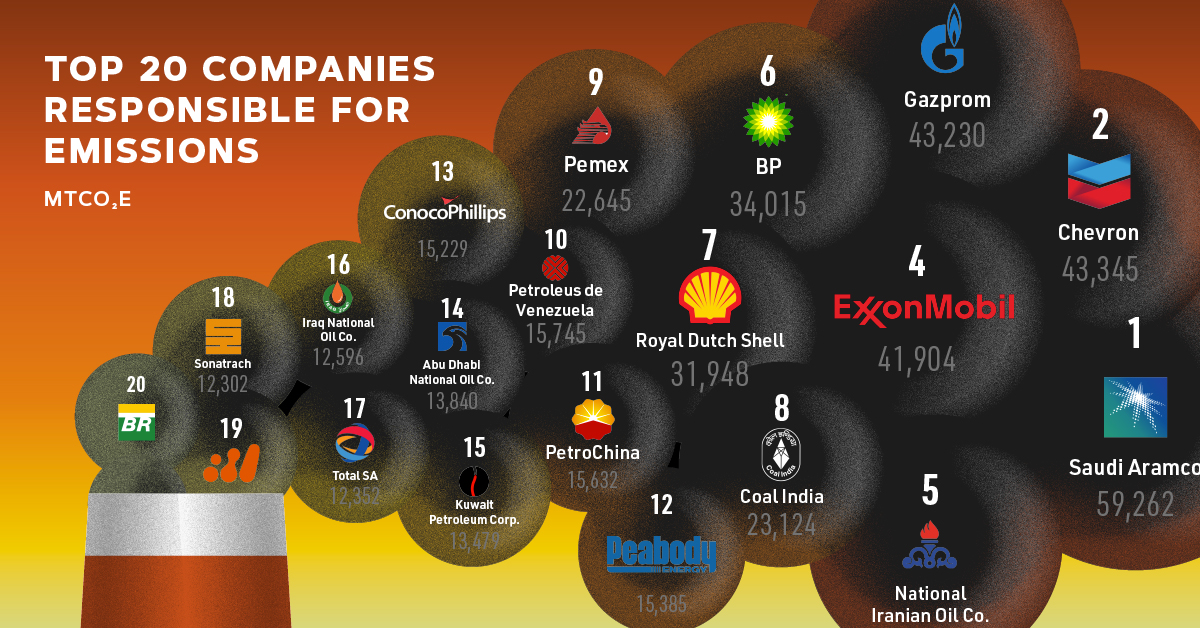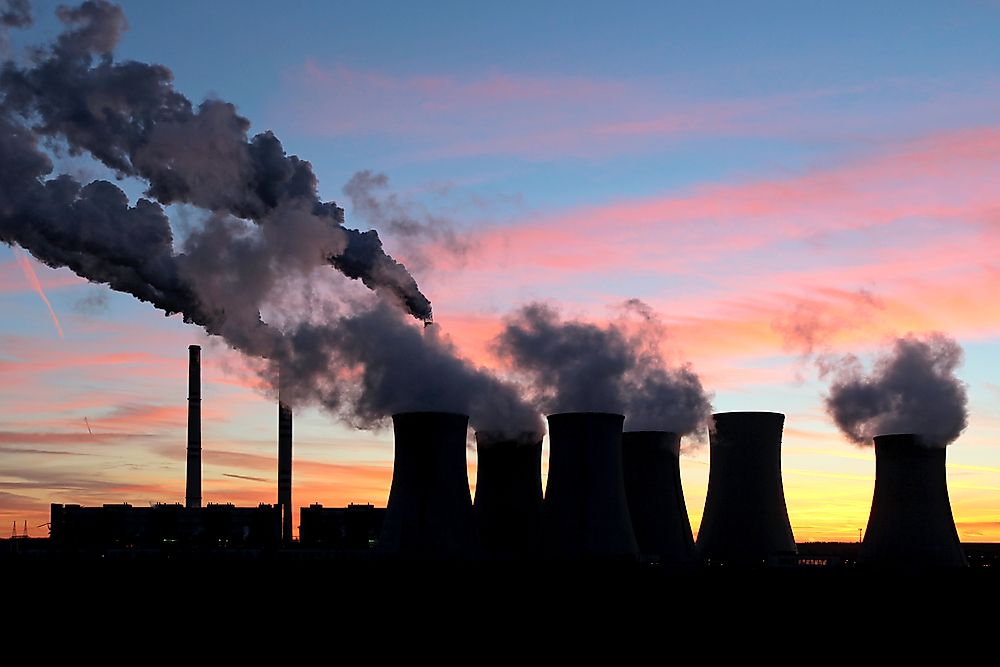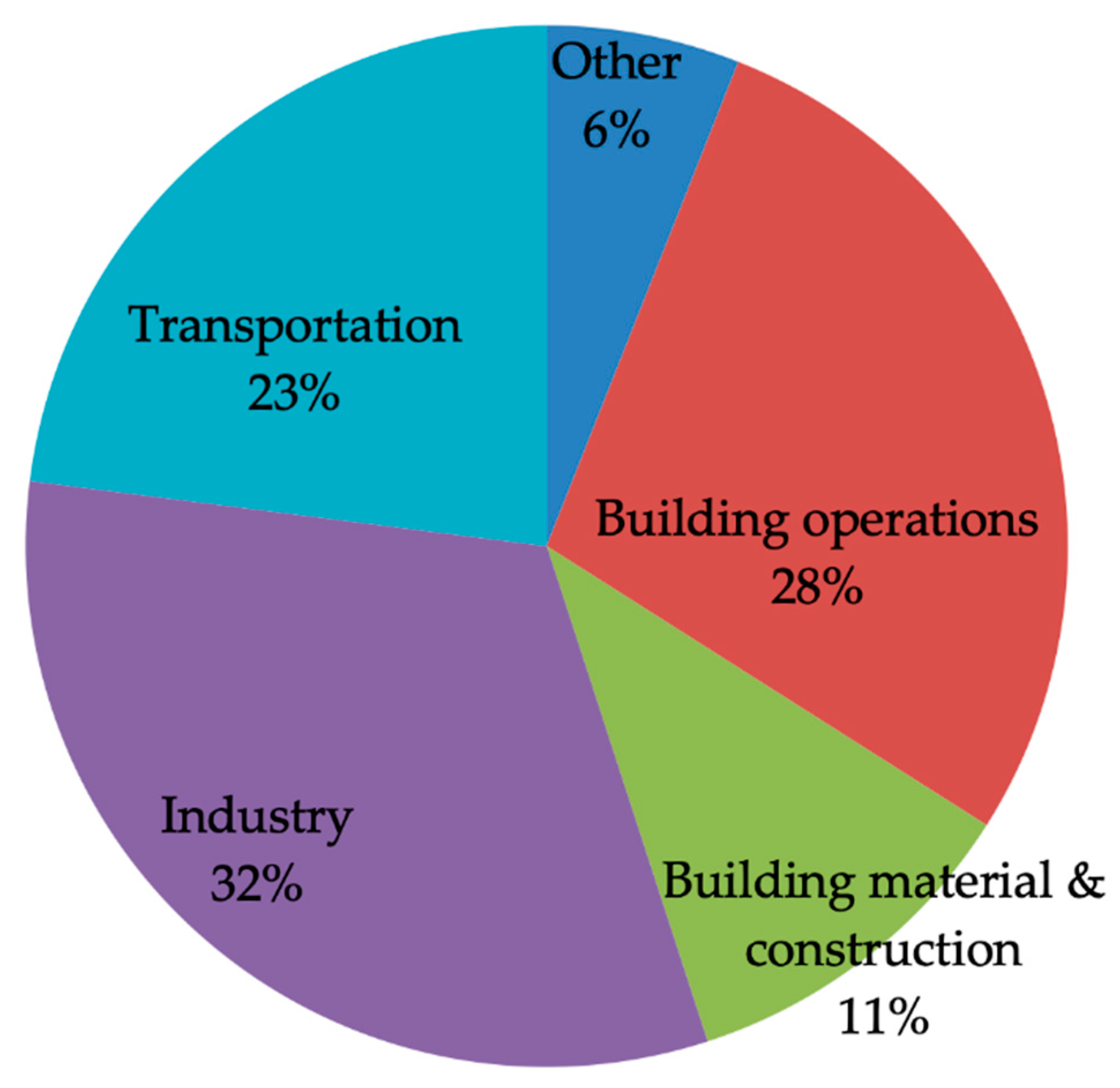

Comparison of emissions to other EU member states Read more on the expectations for the Danish emissions in the future in the Danish Climate and Energy Outlook. According to the latest projection, the Danish CO 2-emissions are expected to be reduced by close to 40 pct. Denmark expects to further reduce future greenhouse gas emissions.ĭenmark has a range of international climate obligations, meaning CO 2-emissions must be reduced further in the future. Read more on the historical development in Danish greenhouse gas emissions in the Energy Statistics. The primary causes for this include more efficient energy use and an increased utilization of renewable energy sources such as solar and wind. Since 1990, Denmark’s collective emissions have dropped with approximately 20 pct. That corresponds to each Dane giving rise to a little less than 10 tons per year. The collective emissions of greenhouse gasses from Denmark were 55.5 million tons in 2013. The report also concludes that the oceans have heated up, that the amount of ice and snow is decreasing and that sea levels have risen. The latest report from the IPCC concludes that manmade emissions of greenhouse gasses with a very high level of certainty have been the dominating cause for the observed increase in global average temperatures. The panel regularly publishes reports evaluating and comparing the newest knowledge on climate change including the effects of climate change and our options for adapting to the consequences or for mitigating climate change. The development of the Earth’s climate is closely monitored prominently by the UN’s intergovernmental panel on climate change, the IPCC, which was established in 1988 as a consequence of the Brundtland Report “Our Common Future”. In agriculture, the emissions primarily stem from digestion in livestock and the use of nitrogen containing fertilizer. In Denmark, coal oil and natural gas are used for space heating, production of electricity and fuel for transportation. In the energy and transport sectors, the greenhouse gasses primarily come from combustion of fossil fuels such as coal oil and natural gas. of total greenhouse gas emissions in Denmark in 2013. These sectors accounted for more than 75 pct. Greenhouse gasses originate in several different sourcesĮmissions of greenhouse gasses in Denmark come from especially three sectors: production of energy, agriculture and transportation. Common greenhouse gasses are carbon dioxide (CO 2), methane (CH4), laughing gas (nitrous oxide, N 2O) and F-gasses. When the concentration of greenhouse gasses in the atmosphere increases, the greenhouse effect also changes, resulting in higher average temperatures and a changing climate on earth. Greenhouse gas is a common term for all gasses that contribute to the greenhouse effect. Energy statistics: Definitions and methods.

Statistics, data, key figures and energy maps Expand Statistics, data, key figures and energy maps.Projections and models Expand Projections and models.Oil and Gas Related Data Expand Oil and Gas Related Data.Pilot tender of price premium for electricity from solar PV.Tender scheme for solar PV with an installed capacity of less than 1 MW.Wave & Hydropower Expand Wave & Hydropower.Security of Supply Expand Security of Supply.Research & Development Expand Research & Development.Technical certification and servicing of wind turbines (CAS).Onshore Wind Power Expand Onshore Wind Power.Mini licensing round for the exploration and production of oil and gas.


Offshore Wind Power Expand Offshore Wind Power.Global Cooperation Expand Global Cooperation.Geothermal Energy Expand Geothermal Energy.EU Energy Union – Denmark’s National Energy and Climate Plan (NECP).Energy & Climate Politics Expand Energy & Climate Politics.EU Emissions Trading System Expand EU Emissions Trading System.The international Climate Change Negotiations.Climate Negotiations Expand Climate Negotiations.Environmental and safety aspects of CCS.Tendering of exploration and CO2 storage permits, including environmental consultation rounds.CCS tenders and other funding for CCS development.Political agreements and applicable legislation.CCS - Carbon capture and storage Expand CCS - Carbon capture and storage.Our Responsibilities Expand Our Responsibilities.


 0 kommentar(er)
0 kommentar(er)
